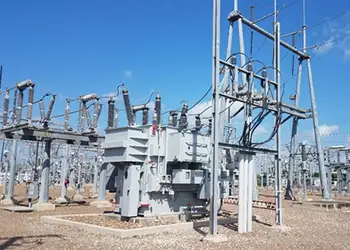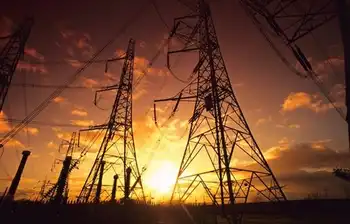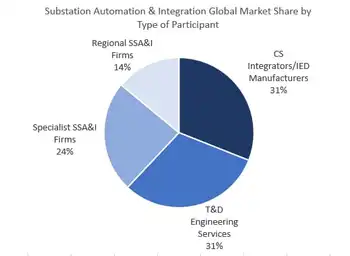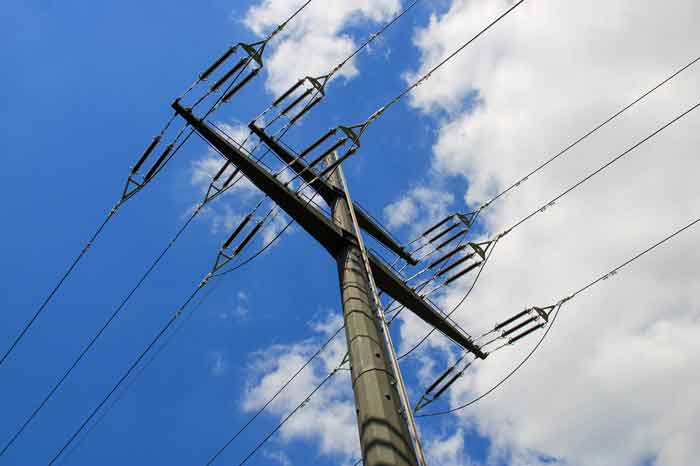HECO Aims To Hit Renewable Energy Goal Early
Substation Relay Protection Training
Our customized live online or in‑person group training can be delivered to your staff at your location.

- Live Online
- 12 hours Instructor-led
- Group Training Available
Hawaiian Electric Clean Energy Plan outlines a 100% renewable roadmap using rooftop solar, battery storage, wind power, grid-scale solar, demand response, and EV charging strategies, without LNG or an interisland cable, targeting early 2045 compliance.
Key Points
A plan to reach 100% renewable electricity via solar, wind, storage, and demand response, excluding LNG and cables.
✅ No LNG or interisland undersea cable in near-term roadmap
✅ 165,000 rooftop solar systems integrated by 2030
✅ Adds grid-scale solar, wind, storage, and demand response
Hawaiian Electric Co.’s new energy plan, which will be the framework for the energy industry in Hawaii in the coming years, developed at a time when California power plant debate continues among regulators, does not include the use of liquefied natural gas as a replacement for oil or the development of an interisland undersea cable that would connect the grids of Oahu and Maui.
On Friday afternoon, the state’s largest utility submitted its updated “Power Supply Improvement” plan to state regulators, and, similar to Alliant's carbon-neutral plan, it said that it could reach the state’s renewable energy goal five years ahead of the 2045 deadline, converting to 100 percent clean energy for electricity use.
The plan estimates that this ambitious goal could be exceeded after 2030 when taking into account customers’ rooftop solar and battery storage systems.
Molokai could reach 100 percent clean energy by 2020 using a mix of solar, wind, battery storage and biofuels, according to the plan, which also said that by that same year the Big Island could reach 80 percent renewable energy, Maui could attain 63 percent clean energy, Lanai could get to 59 percent renewable energy and Oahu could be at 40 percent clean energy.
Rooftop solar is a major part of the plan, with an estimated total of 165,000 private systems integrated into the grid by 2030, more than double today’s total of 79,000 systems.
Big solar and wind also play a big part of the plan, with the addition of 360 megawatts of grid-scale solar, 157 megawatts of grid-scale wind as part of the plan, and examples like Tucson Electric Power's coal phaseout highlight similar transitions elsewhere.
Hawaiian Electric noted that another 115 megawatts will come from programs known as demand response, which aims to shift customer use of power to times when more renewable energy is available.
The plan addresses reducing the use of oil for ground transportation. For instance, as America goes electric, charging electric vehicles during the day when renewable energy is abundant could create an additional demand for renewables, the utility said.
Hawaiian Electric also plans to work with landowners to develop such projects as pumped storage hydropower, run-of-the-river hydropower, hydrogen and wave energy. The utility has recently issued a request for information to start that conversation with developers.
“We want to work with parties from all segments of our community — government, business, community and environmental groups — to refine the plans for Hawaii’s energy future,” Alan Oshima, president and CEO of Hawaiian Electric, said in a statement.
The plan does not include the use of LNG, even though California's reliance on fossil backup has persisted during tight grid conditions, which is a change from an earlier version. When state regulators nixed NextEra Energy’s proposed $4.3 billion deal to buy Hawaiian Electric earlier this year, the plan to ship LNG in bulk amounts to the state to replace oil went with it.
An interisland cable also is not in the plan in the near term.
The utility said that these investments and rising oil prices are expected to increase the typical residential bill during the next several years, with gradually declining bills expected to begin in the mid-2020s.
The state Consumer Advocate, Ulupono Initiative, Blue Planet Foundation, Hawaii Gas, Paniolo Power Co., the state Department of Business, Economic Development and Tourism, U.S. Department of Energy, National Renewable Energy Laboratory, Hawaii Natural Energy Institute and the Electric Power Research Institute all provided input on the plan, which still needs the approval from the Hawaii Public Utilities Commission.











